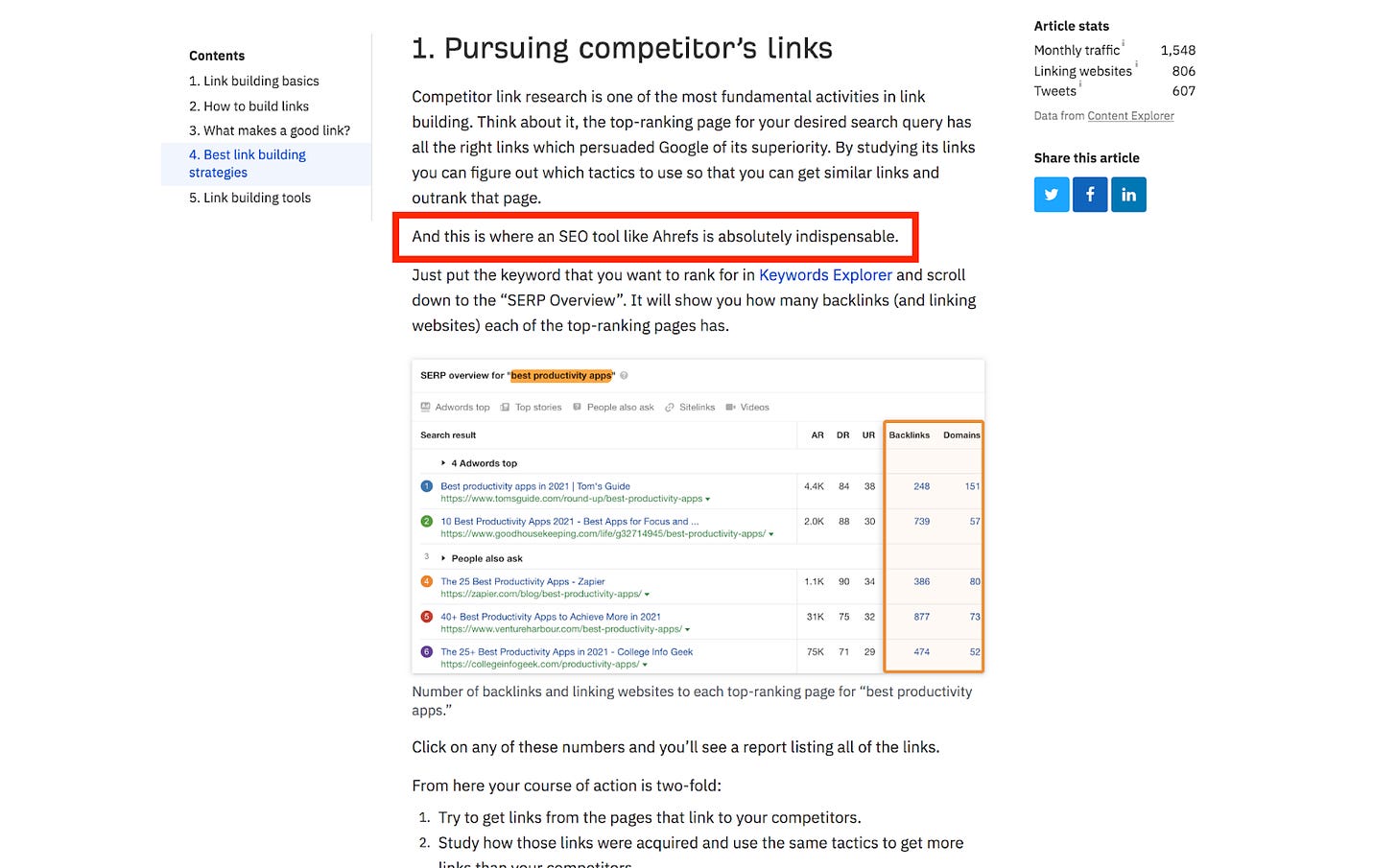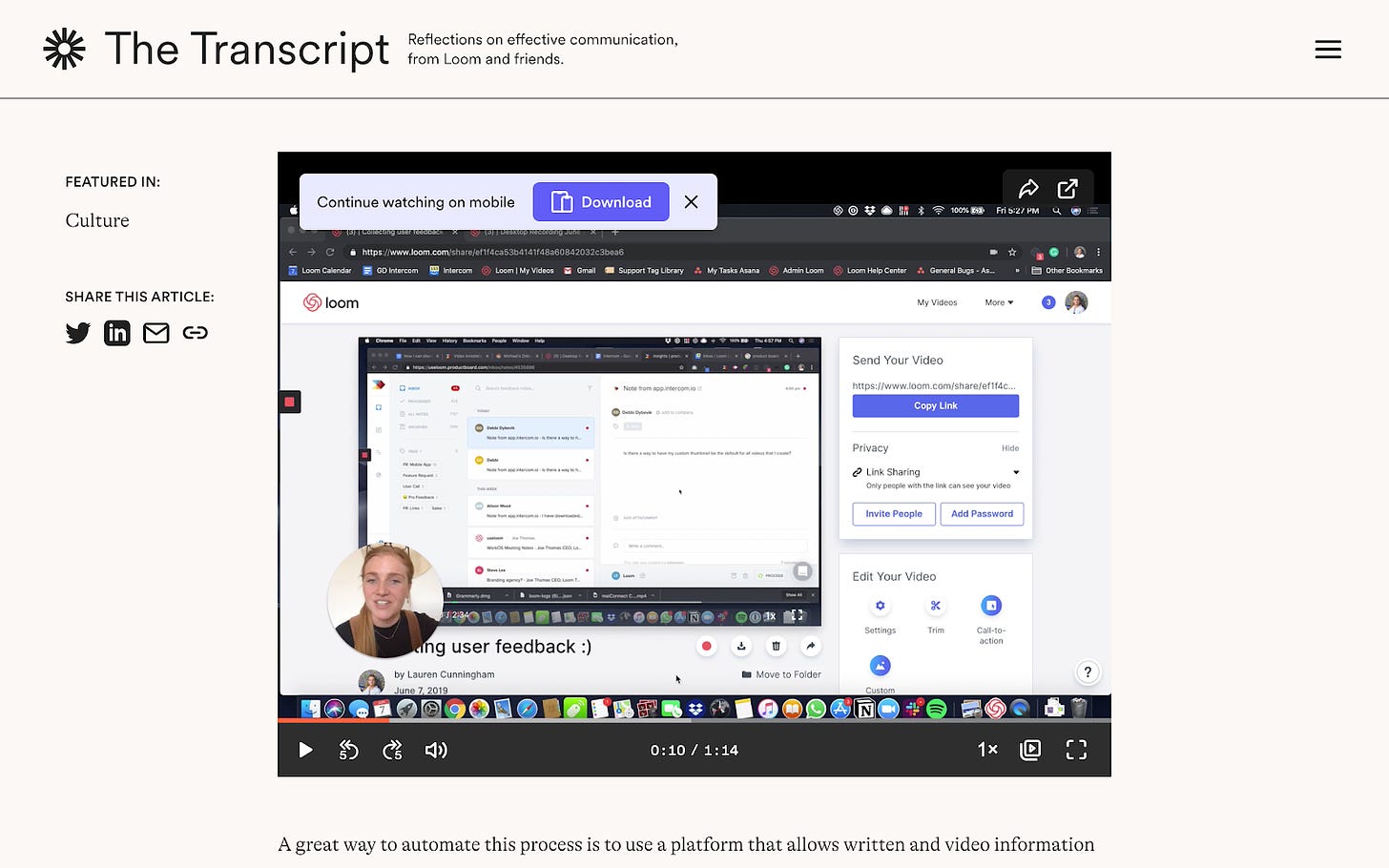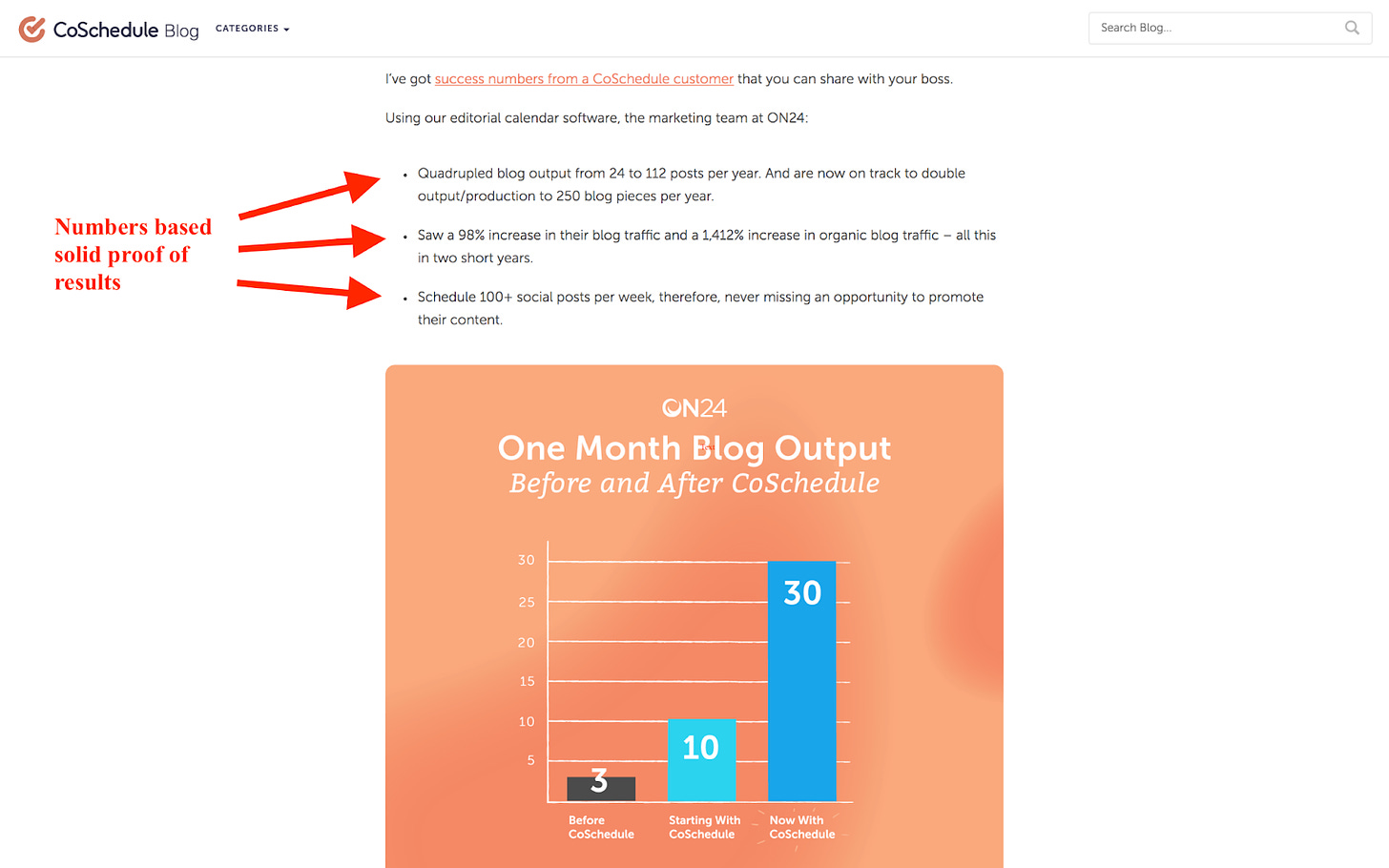Letter #14: Creating product-led content
How Instagram markets its product + 3 ideas for showcasing your SaaS tool
It was the summer of 2016 when the Olympics were in full swing. Justin Timberlake sat bored backstage. Beside him sat Andrew Owens from the community team at Instagram.
Seeing JT bored and knowing it was still hours before his performance, Owens pulled out the @Instagram account and showed Timberlake their freshly launched Stories feature.
The singer-songwriter’s reaction? He took the phone from Owen and started filming behind-the-scenes content as he chatted with fellow performer, Alicia Keys.
See what happened there?
Instagram was able to educate its audience by showing (not just telling) how to use its feature.
The team continued producing such product-led content featuring their top users like Lady Gaga and Taylor Swift. And the Stories feature picked up fast — even though it was a copy of Snapchat’s ephemeral content feature.
While you don’t need to hire Lady Gaga, you can certainly create similar content to educate your target audience on how to use your product/service.
Here are three more ideas:
Create stepwise guides complete with screenshots explaining how to solve a problem your audience struggles with using your tool.
Remember: The guide doesn’t have to focus on teaching readers to solve their problems using your product only. Of course, you can create such guides. But it’s best to mix them up with guides that share other ways to solve your audience’s problem too so they’re uber-useful to them.
Ahrefs does this best.
In this guide on Link Building for Beginners, for example, they’ve blended value with sharing how their product helps build links. Therefore, coming across a value-first brand rather than a salesy one.
Record explainer tutorials giving a video walk-through of how your tool can help scratch your target users’ itch.
Case in point: Loom in this blog post.
The best part? Bite-sized explainer videos are easy to repurpose — share them in your emails, blog posts, social media, YouTube channel, Slack community, and more.
Write case studies explaining how others are driving results by solving a particular problem using your product. This brings social proof into the picture, helping lift conversions.
Also, be sure to quote the results others are achieving in your blog content too. Don’t just create case studies to leave them snoozing on a dedicated page that interested prospects may or may not visit.
For example, in their blog post on How to Create an Editorial Calendar, the CoSchedule team includes a case study.
That’s all for the week, folks!
Next Tuesday, I’ve got an expert’s brilliant take on how to source content ideas from your customer-facing teams. So wait for it 🙌
Much love and happy new year,
Masooma







Ahrefs is really smart! They provide different tools in their guides but those tools do the work in 5-step process, whereas, Ahrefs tools get it done in 2-step process. So, obviously reader picks Ahrefs tools.
Not all Ahrefs guides but I found a few this way.